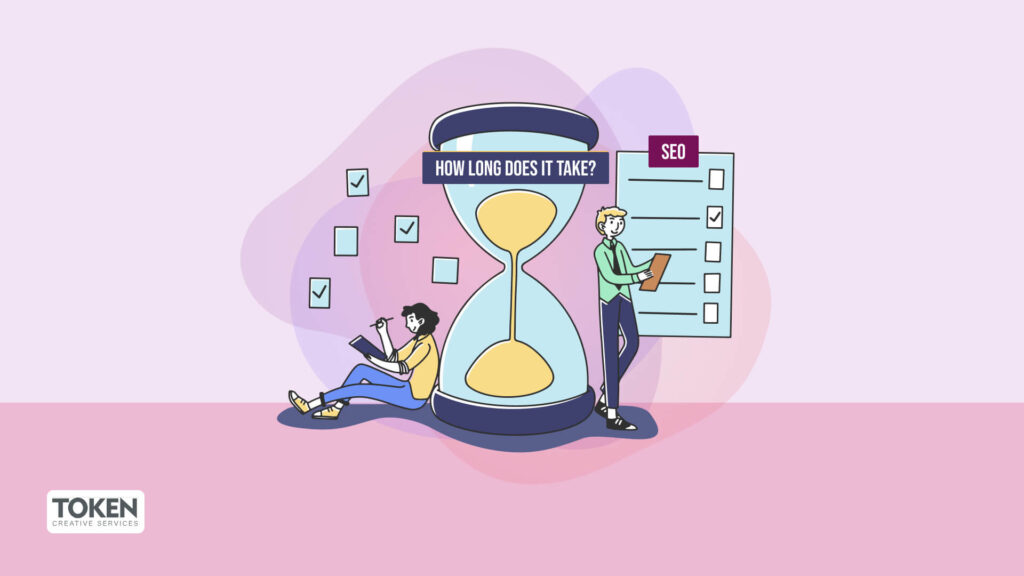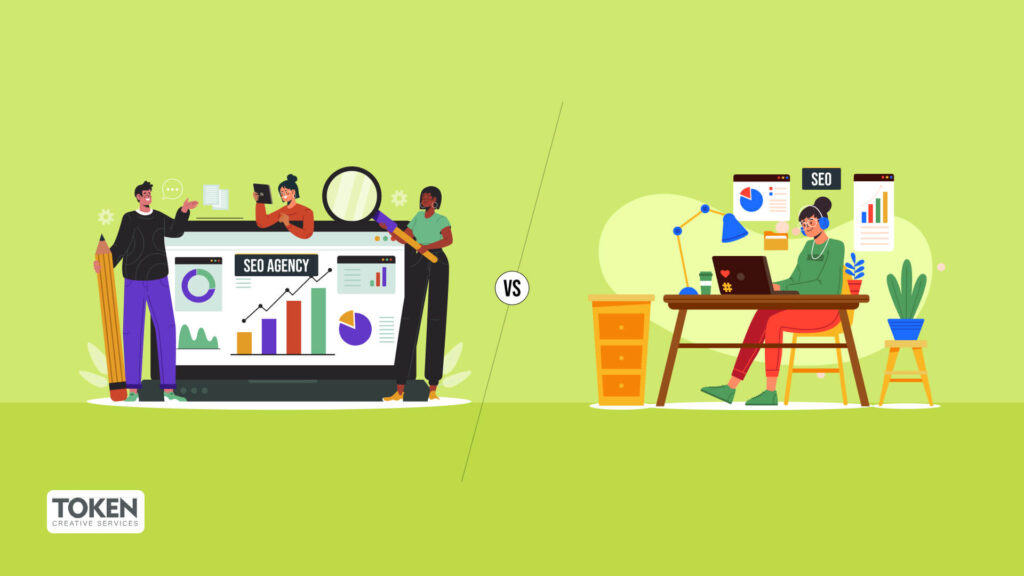5 Ways to Increase Your E-Commerce Conversion Rate
When a customer comes to your e-commerce store, the most important goal is for them to make a purchase. It’s vital that your website has an optimized conversion process — from homepage, through category pages and product pages. For five tips about how to optimize your e-commerce website in order to increase conversion rates, see this article. Never heard of conversion rate optimization? Check out our intro post about CRO here.
1. The first step in optimizing your e-commerce site is the layout.
The first thing you should do is make sure your layout is visually appealing and easy to navigate. It’s vital that your site is clear and simple, and that it’s easy to find what you’re looking for on it. When you’re designing the layout, you should make sure that you’re optimizing for a mobile device. There’s a lot of investment that goes into writing and creating your layout that will make it easy for a phone to navigate and find what it is you’re looking for. The good news is that you can bypass a lot of the work when it comes to writing the content by leveraging the power of smart phone and tablet interfaces.
Determining the type of content your customers wish to read is about doing question research, not keyword research. You’re not going to find what your potential customers are looking for through a search engine optimization campaign. You’re going to find it by speaking to your customers, seeing what appeals to them, and then refining and adjusting that specific content on your website. The whole point of keyword research is usually to find out the search terms that your potential customers are using. Question research is to understand what kind of questions are surfacing in the marketplace. It’s important to know what questions potential customers are asking, so you can better serve them by creating a site that answers those questions.
A common question I see on Quora for example relates to why someone would buy an expensive product.
2. Make sure you have a clear call to action on your home page and category pages.
The most important page on your website is your homepage, but it’s also the most neglected. Why? Your homepage is the most important for driving traffic to your website, but that traffic won’t do you any good if they don’t take the next step and buy something from you. The new design of the homepage makes for an attractive, modern, and compelling experience. The site navigation is optimized to make the most of this layout. Customers can quickly and easily find what they’re looking for by clicking the buttons on the top bar. Violate the rule of not showing your cart if the customer isn’t ready to purchase, and you will lose your customer. The environment on your website must be enticing enough for your customers to take the next step. If you’re not clear about which page your customer should take action on, they won’t take the next step. They won’t buy.
The homepage is divided into five sections: top, search, home, products, and cart. It can make the difference between an excellent and mediocre conversion for your customers.
First, it’s worth taking a minute to carefully evaluate your homepage. Look at your site traffic as well as the customer picking factors. Find out what’s holding them back from making a purchase, and then work on fixing that. When introducing a new product, make sure you have a clear description of what the product is and how it works. The company’s mission, vision, and values should be included alongside the product description. Describing the product should also include a high-quality template for its illustrations. This template should be posted on social media, a website, and at least one customer touchpoint.
You can also include sidebars with product features or prices, pricing guides, or product videos on each side of the product page.
3. Use strong images with white backgrounds on product pages, but don’t use too many of them.
It’s tempting to cram as many product images as you can onto your product pages, but you should avoid using too many images on product pages. If you use too many images, they’ll compete for the visitor’s attention and end up doing more harm than good. Stick to about five images on a product page. Ensure that your product pages include a high-quality thumbnail image that highlights what the main image is supposed to look like. Then, showcase your best images only to a section of your homepage that will receive the user’s attention.
Begin by building out your first product page. For help designing websites, inquire with a website development company. You’ll need to set up your product page so that users can find what they need quickly. And you’ll also need to make sure that you have enough content on your product page so that potential customers can move quickly through the various sections of your site, such as search engine results pages (SERPs).
Compare all of your pages on your site and determine which ones have the most content and which ones don’t. To find out real quick, make a list of all the pages on your site. Don’t segment it based on the things on each page. For example, don’t put “Contact Us” at the top of every page in your sales page. If I really needed to contact you, I would go to Manager’s page in order to make a Manager’s inquiry. Once I know which pages have the most content, I’ll put that top of the page in bold. Anything after that I’ll move to the next page of six pages.
Personalize your product page thumbnail image. You must personalize each of your product pages so that a prospective customer can quickly tell what it is exactly they’re looking for. You can personalize one of your product pages, your category pages, or both.
Check out our complete image checklist for SEO mastery in our SEO video here.
4. Use persuasive copy to help convert customers from browsing to buying.
Persuasive copywriting is a form of copywriting which aims to persuade its audience to take a certain action. Typically, this is a call to action, but it could be something else, like signing up for a newsletter. It’s similar to transactional copywriting, but the difference is that persuasive copywriting aims to change the mind of the reader. This makes it more persuasive, and most often, leads the reader to take the desired action.
To achieve this in your e-commerce environment, there are three types of persuasive copywriting:
- Lead magnets. Basically, magnets are flyers, circulars, and other advertisements with a call to action to buy, first, or use a coupon. Usually, they are of a large size, have very high contrast, and are positioned at the top of the product pages. Because of their size, it’s difficult to scan or buy online. To round off its effectiveness, lead magnets should include the product price, as well as the radius in kilometers to be reached when a customer clicks on the ad. Alternatively, it’s acceptable to just list the price.
- Insert pop-ups. These are advertisements inserted between the product details and content. They make use of native advertisements and offer those products in some way, usually competition or discount codes. To round off its effectiveness, insert pop-ups should include the product price, as well as the radius in kilometers to be reached when a customer clicks on the ad. This type of copywriting works best on products with a high number of competitors.
- Timing triggers or coupons. These ads are often only active after a specific date. It’s best to wait until after the target birthday in order to trigger the corresponding coupon, or run dedicated content promoting the offer. Their size is usually limited to a single banner at the top of the page. Available alternatives are headlines, areas of the page with product details and links, and product pictures.
Check out our E-Commerce page for more awesome tips and information about making e-commerce work for your brand.
Related Articles
How Long Does E-commerce SEO Take? Realistic Timelines & Expectations
Hiring an Ecommerce SEO Agency vs. Doing It Yourself
Let Us help you!
Have a question for our team? Want to learn more about what we offer? Already know what your company needs and just want to have a conversation with us?
Follow us for more helpful content.
Let Us help you!
Have a question for our team? Want to learn more about what we offer? Already know what your company needs and just want to have a conversation with us?

